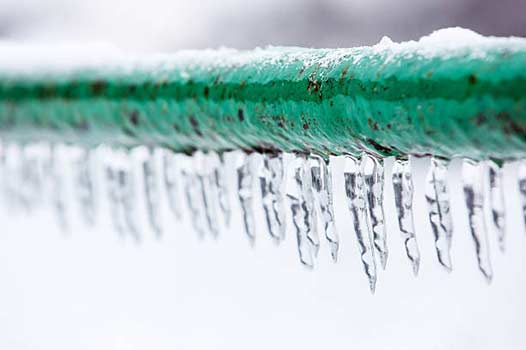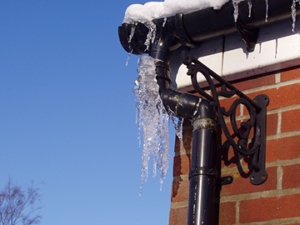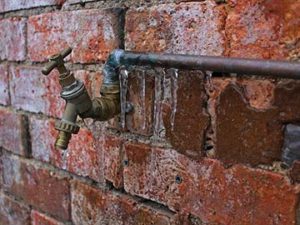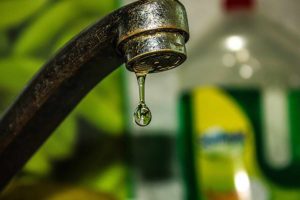
Before embarking on any basement finishing project, it is crucial to conduct a thorough assessment of your basement’s plumbing needs. This initial step involves evaluating the current state of your basement, identifying any existing plumbing issues, and determining the scope of work required. Start by inspecting the basement for signs of water damage, leaks, or mold, as these issues must be addressed before any plumbing work can begin. Additionally, consider the layout of your basement and how it will impact the placement of plumbing fixtures and systems.
Planning Your Basement Plumbing Layout
Once you have assessed your basement’s plumbing needs, the next step is to plan the plumbing layout. This involves deciding where to place essential fixtures such as sinks, toilets, showers, and laundry appliances. When planning the layout, consider factors such as the location of existing plumbing lines, the accessibility of water supply and drainage systems, and the overall flow and functionality of the space. It is also essential to ensure that the plumbing layout complies with local building codes and regulations.
Understanding Basement Plumbing Systems
Basement plumbing systems can be complex, as they often involve installing new plumbing lines and connecting them to the home’s existing plumbing infrastructure. Understanding the different components of a basement plumbing system is essential for a successful project. Key elements include water supply lines, drainage pipes, venting systems, and the installation of a sewage ejection pump system. Each of these components plays a critical role in ensuring the proper functioning of your basement plumbing.
Water Supply Lines: Ensuring Adequate Water Flow
Water supply lines are responsible for delivering fresh water to your basement fixtures. When installing water supply lines, it is essential to use high-quality materials such as copper or PEX piping to ensure durability and reliability. Additionally, ensure that the water supply lines are properly sized to provide adequate water flow to all fixtures. Proper insulation of water supply lines is also crucial to prevent freezing and maintain water temperature.
Drainage Pipes: Efficiently Removing Wastewater
Drainage pipes are responsible for removing wastewater from your basement fixtures and directing it to the main sewer line. Proper installation and sizing of drainage pipes are essential to prevent clogs and ensure efficient wastewater removal. Additionally, it is crucial to install drainage pipes with the correct slope to facilitate gravity flow and prevent water from backing up into the basement. Regular maintenance and inspection of drainage pipes can help prevent potential issues.
Venting Systems: Preventing Sewer Gas Buildup
Venting systems are an essential component of basement rough-in plumbing, as they prevent the buildup of sewer gases and ensure the proper functioning of drainage systems. Vent pipes allow air to enter the drainage system, which helps maintain proper pressure and facilitates the flow of wastewater. When installing venting systems, it is important to follow local building codes and ensure that vent pipes are properly sized and positioned to prevent any potential issues.
Sewage Ejection Systems: Managing Wastewater in Below-Grade Basements
In basements that are below the main sewer line, a sewage ejection system is necessary to manage wastewater. This system includes a sewage ejector pump that lifts wastewater from the basement and directs it to the main sewer line. When installing a sewage ejection system, it is essential to choose a pump with adequate capacity and ensure that it is properly vented and maintained. Regular inspection and maintenance of the sewage ejection system can help prevent potential issues and ensure reliable operation.

When installing a sewage ejection system, it is essential to choose a pump with adequate capacity and ensure that it is properly vented and maintained.
Installing Basement Plumbing Fixtures
Once the plumbing systems are in place, the next step is to install the basement plumbing fixtures. This includes sinks, toilets, showers, and laundry appliances. When installing fixtures, it is important to follow manufacturer instructions and ensure that all connections are properly sealed to prevent leaks. Additionally, consider the placement of fixtures to maximize space and functionality in the basement. Proper installation of fixtures is crucial for ensuring the overall success of the basement plumbing project.
Ensuring Compliance with Building Codes and Regulations
Compliance with local building codes and regulations is essential for any basement plumbing project. Building codes are in place to ensure the safety and functionality of plumbing systems, and failure to comply can result in fines and potential issues with the plumbing system. Before starting any work, familiarize yourself with the relevant building codes and obtain any necessary permits. Additionally, consider hiring a licensed plumber to ensure that all work is completed to code and meets the required standards.
Hiring a Professional Plumber: When to Seek Expert Help
While some basement plumbing projects can be completed by knowledgeable DIY enthusiasts, others may require the expertise of a professional plumber. Complex tasks such as installing sewage ejector pump systems, connecting to the main sewer line, and ensuring compliance with building codes are best left to professionals. Hiring a licensed plumber can provide peace of mind and ensure that the project is completed safely and efficiently. When choosing a plumber, consider their experience, reputation, and credentials.
Maintaining Your Basement Plumbing System
Proper maintenance is essential for the longevity and reliability of your basement plumbing system. Regularly inspect plumbing fixtures, pipes, and systems for signs of wear, leaks, or damage. Additionally, perform routine maintenance tasks such as cleaning drains, checking for clogs, and testing the sewage ejection pump. Addressing any issues promptly can prevent costly repairs and ensure the continued functionality of your basement plumbing system.
Energy Efficiency and Water Conservation
When planning and installing your basement plumbing system, consider incorporating energy-efficient and water-conserving fixtures and appliances. Low-flow toilets, faucets, and showerheads can significantly reduce water usage, while energy-efficient water heaters and appliances can lower energy consumption. Additionally, consider using insulation and other measures to improve the overall energy efficiency of your basement. These efforts not only benefit the environment but can also result in cost savings on utility bills.
Dealing with Common Basement Plumbing Issues
Basement plumbing systems can encounter a variety of issues, such as leaks, clogs, and sewage backups. Being prepared to address these common problems can help prevent major disruptions and damage. For leaks, promptly identify and repair the source to prevent water damage and mold growth. For clogs, use appropriate tools and methods to clear the blockage without damaging the pipes. In the case of a sewage backup emergency, it is essential to address the issue immediately and seek professional assistance if necessary.
Future-Proofing Your Basement Plumbing
When finishing your basement, it is important to consider future needs and potential changes. Future-proofing your basement plumbing involves planning for potential expansions, upgrades, or modifications. This may include installing additional plumbing lines, leaving access points for future connections, and using flexible piping materials. By considering future needs during the initial installation, you can save time and money on future renovations and ensure that your basement plumbing system remains adaptable and functional.
Conclusion: Achieving a Professional Finish
Finishing your basement with a well-planned and properly installed plumbing system is essential for creating a functional and comfortable living space. By following these guidelines and tips, you can ensure that your basement plumbing project is completed to a high standard, complies with building codes, and meets your needs. Whether you choose to undertake the project yourself or hire a professional plumber, careful planning, attention to detail, and regular maintenance are key to achieving a professional finish. With the right approach, your finished basement can become a valuable and enjoyable part of your home.








